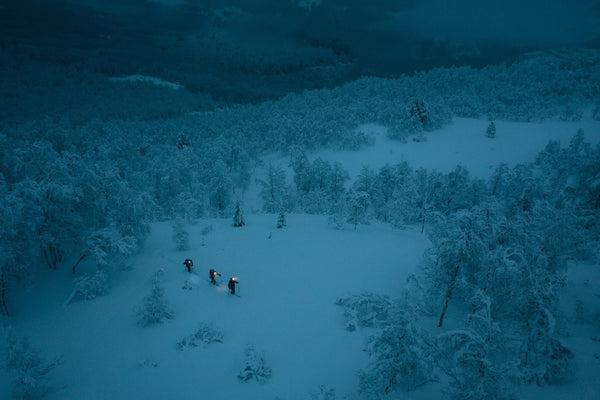Meet Antoine Ricardou, designer of ZAG skis
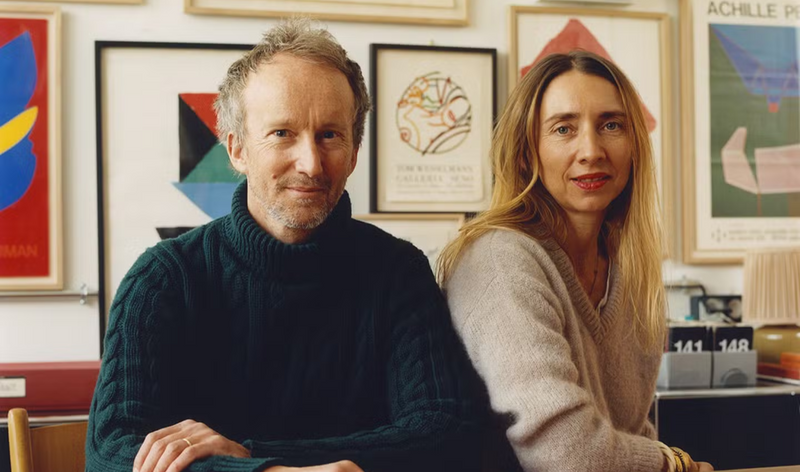
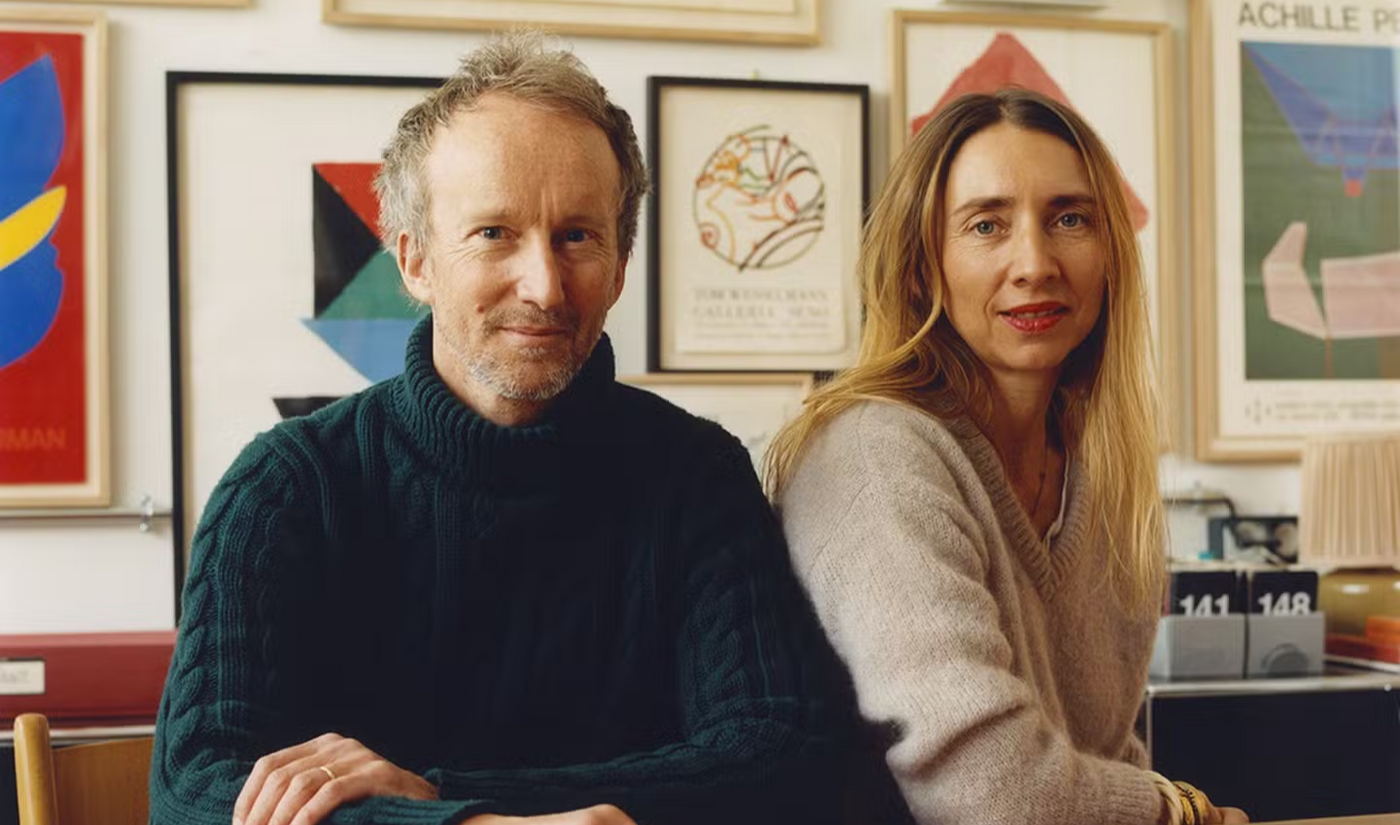
ZAG x SAINT-LAZARE
A long-standing partnership
Since 2013, ZAG has been collaborating closely with the Paris-based design studio Be-Poles, which became Les Ateliers Saint-Lazare in September 2021. Renowned for its work with leading brands, we’ve taken a deeper look at the contributions of Antoine Ricardou — the agency’s founder and a key creative force behind many of ZAG’s projects, product lines, and collections.
For the last 8 years now, every year a meaningful story has been written on the top-sheet of our skis. Today we're going to dive into the world of Antoine, master in the art of narrative design.
What drives you in your work?
A. R. - There are many different aspects to my work, but I think what drives me most of all is the storytelling that goes on around a brand. For me, design has to tell a story and translate the brand's intentions. It's a task that I really enjoy, because it requires me to understand and immerse myself in the brand's values and images to create a coherent design.
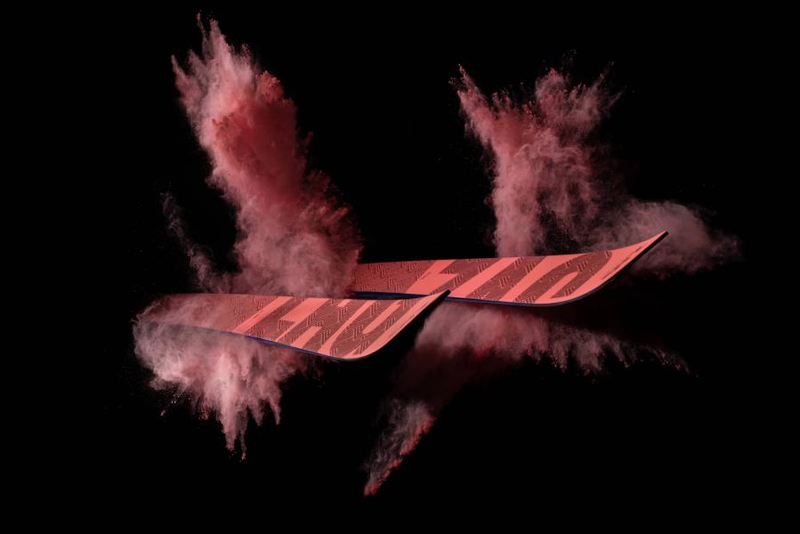
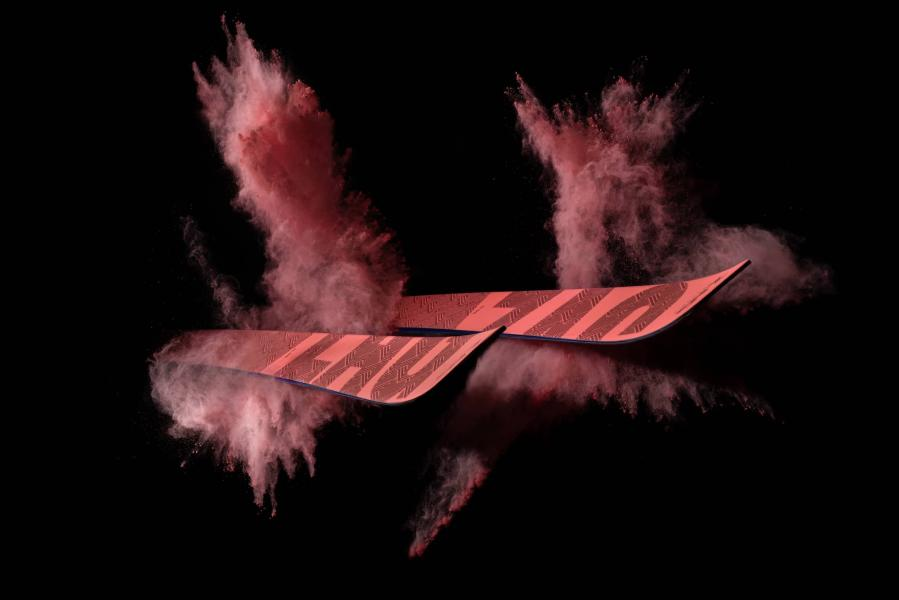
How long have you been working with ZAG? How did you meet?
A. R. - I've been involved in the project since 2013. In fact, it all came about in a rather funny way, simply by chatting with a close friend of the brand who told me one day in a rather innocuous way that ZAG SKIS was looking for a design agency for its products. As a mountain enthusiast who already knew the brand, I immediately wanted to take part in the adventure! For me, it was a project full of meaning, as it would bring together my work and my passion for the mountains. It was an obvious choice, and I immediately decided to contribute! It's essential for me to be able to identify with the story and message of the brand I'm working with, and here I didn't even have to look!
What's the main thing that's changed between a ZAG ski 15 years ago and now?
A. R. - At first, I didn't have the keys to everything, so I had to do a lot of research to come up with a coherent track.
Of course, this was a gradual process, but we had to change the brand's identity to bring coherence to the project. I therefore concentrated and accentuated my work so that you could recognize a ZAG ski among the others. The result was a unique graphic signature, ensuring consistency across the range and products. Of course, my first priority was to bring the product closer to its original environment, i.e. the mountains. We immediately worked with my teams on the "color block" concept.
Color blocking is in fact a visual merchandising technique that plays with contrasts and order. This study of the arrangement of color blocks is then used to seduce, attract and direct the customer towards a defined product. Antoine's use of color blocks has been diverted from its original purpose, with the primary focus on the environment in which the products would evolve.
Very much a ZAG trademark, these highly colored graphic intersections were designed to contrast with the very clear, unified natural environment that snow can be. Then there was the question of safety. Since ZAG skis are intended for freeride use, a risky practice, having a colored, reflective ski on the base makes it easier to spot when it's put in a cross pattern to signal a position.
Now I feel there's a real coherence to the ZAG project, and it's working well!


We see that you work on a multitude of projects. What do you like about the ZAG project? Do you draw on elements you've used in other projects?
A. R. - Yes, I work on a wide variety of projects, but color is always a recurring theme. Inspired by great artists such as Johannes Itten, Joseph Albers and Sonia Delaunay, I focus mainly on color and typography.
The advantage of working with ZAG is that I get to research an area that speaks to me enormously, a world where I have fun as a hobby! I don't go on a single ski outing without looking at my skis and wondering about the fruit of my work and the possible avenues of reflection I might have.
What touch would you like to bring to the skis?
A. R. - Obviously, when I design a ski, I try to tell a story around the product.
How did you create ZAG's graphic charter?
A. R. - My guiding principle is that design should be functional! To be functional, you have to make the most of the available surface. The skis, although wide, don't represent a very large visual surface, so I decided to put the logo in large type on both skis. One of the first skis to evoke this graphic charter was the SLAP. It was the unifying factor for all the other skis that followed.
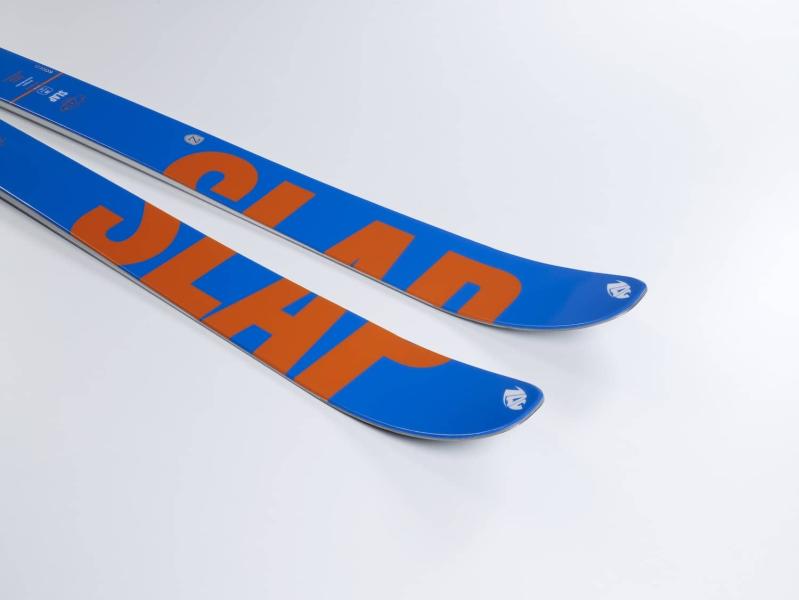
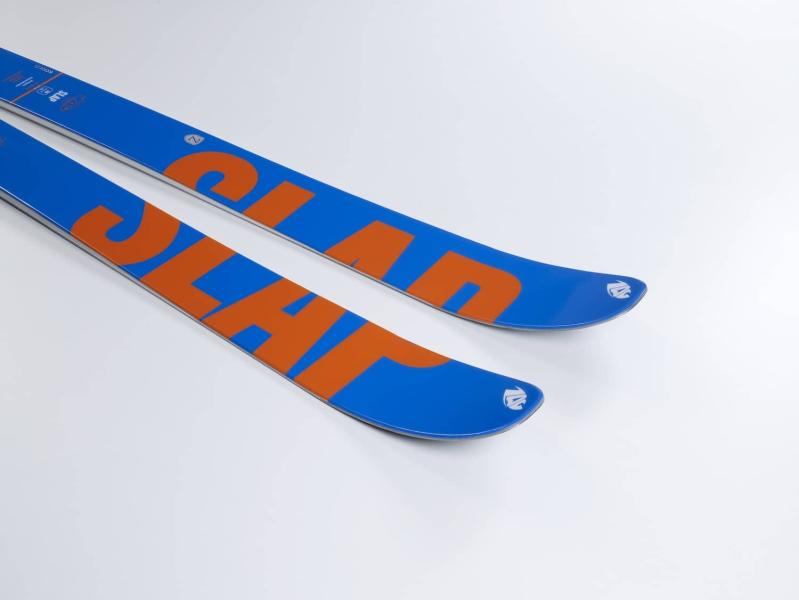
Can you tell us about the Multi Tracks Finder's logo?
A. R. - The idea was really to think about a logo that would be, like all the rest of my work, coherent with the brand's history and environment. Since ZAG is a ski brand, I tried to find out what traces the products could leave behind. The idea was born! Although I didn't choose the brand name, the Z stands for Z of the month, i.e. uphill conversions.
The G represents the big curves you can take on a beautiful snowy slope. The logo is made up of three lines, hence Multi Tracks Finder's logo. These lines represent the tracks left by skiers in a group skiing parallel downhill.
The idea is that whether you go up or down, you leave a trace. It's a logo that takes you everywhere! We added the town of Chamonix to the logo, reinforcing the brand's identity in its legitimate universe!
What are your goals in creating a collection?
A. R. - First and foremost, I follow the functional briefing of Bastien, the R&D manager. My role as a designer is to reveal the work of research, engineering and R&D.
Of course, design has a decorative function, but it must above all be functional. Design is there to explain and accompany the engineering work. Almost all skis, for example, are marked with their dimensions, weight, and the name of the shaper and model in a defined typology.


How do you match the colors on a ski?
A. R. - I draw a great deal of inspiration from artists who have studied color both theoretically and naturally. They include Sonia Delaunay and Johannes Itten. We work a lot with artistic references and color associations.
How long does it take you to make a ski range?
A. R. - It can go fast if I know where I want to go, because it's a constant process of reflection that doesn't just stop when the collection is created. All year round, I reflect on my projects in order to improve them and give the design a new direction. The research I do downstream enables me to be efficient and precise in what I want to do. Accompanied by a second person, I can easily complete the graphic collection in a few days. Once my ideas have been put together, all that's left for me to do is to make the final touches according to the feedback I receive.
How do you go about it, what are the steps involved?
A. R. - First of all, I refer to my reference database, which I maintain throughout the year with images that I list and classify according to color. It could be a Nike shoe, a piece of fluorescent goretex or a bicycle.
I then combine the ideas I have with the brand's proven technical needs in terms of enhancement, marketing and product design.
The process is therefore built around two stages, the first where I listen to my intuitions and the second where I refer to the brief given by the brand. This allows me to always be innovative and not follow a trend, but rather create my own unique style.
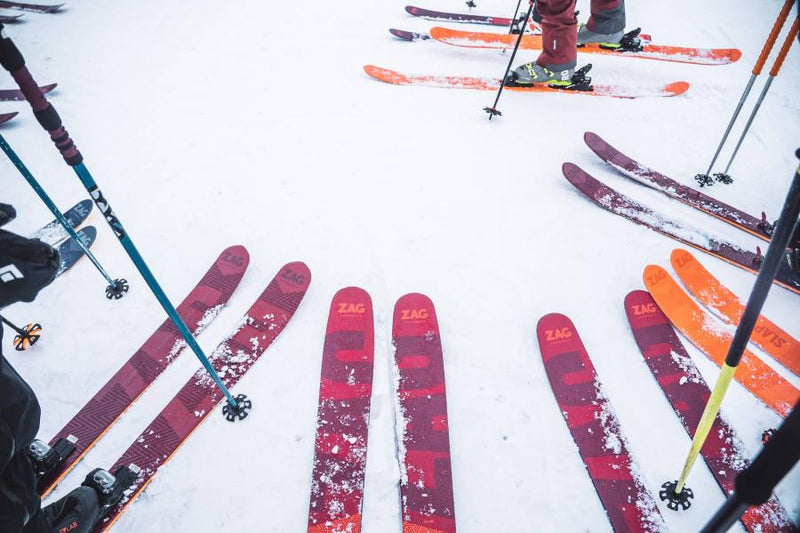
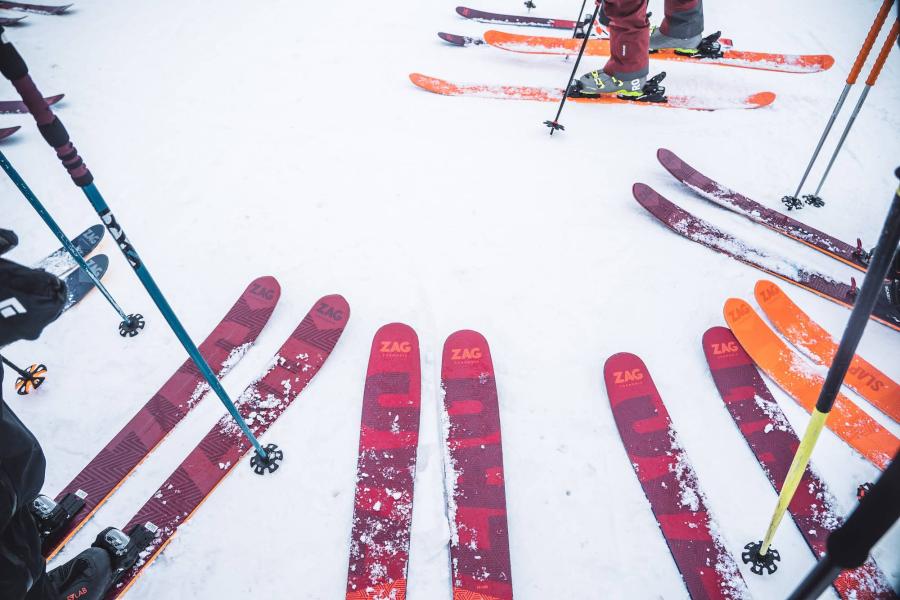
How do you judge a successful collection?
A. R. - When it sells! If a pair of skis doesn't sell very well, then the job hasn't been done. I ski ZAG, and so do my family and friends. People often ask me about my skis. I get immediate feedback on the design that way. As soon as I see someone wearing ZAG skis, I go and talk to them. We talk about design, of course, but also skiability and performance. Design isn't everything. You need a good product.
What's in store for the new collections?
A. R. - Overall, the guideline remains the same as the others, but I've emphasized the brand identity in the design. For the moment, I think the skis are still a little too busy and could be simplified aesthetically. Work has therefore been carried out to review the color combinations and typography.
